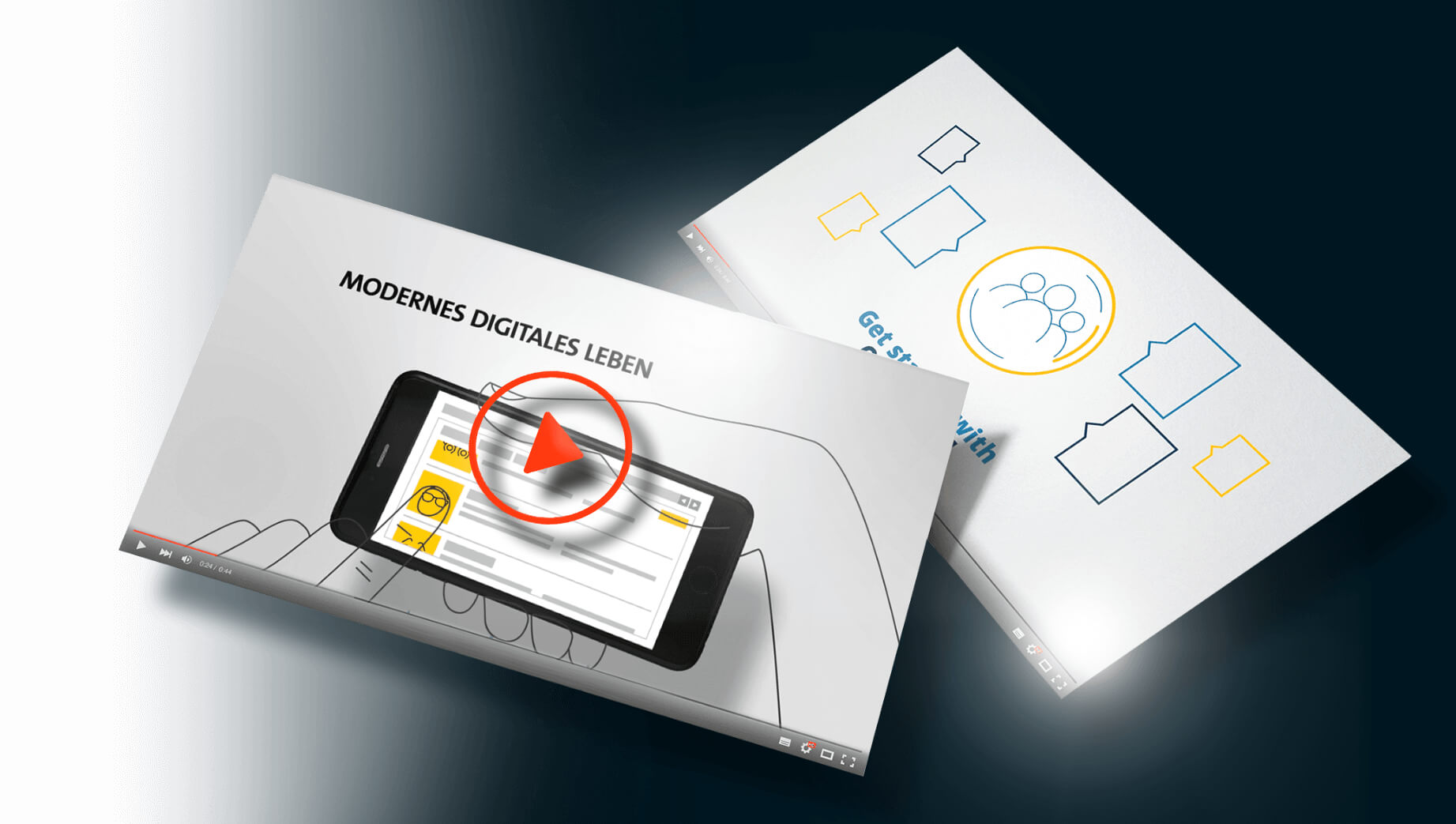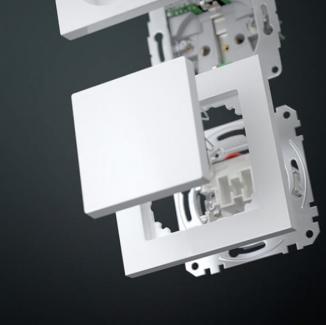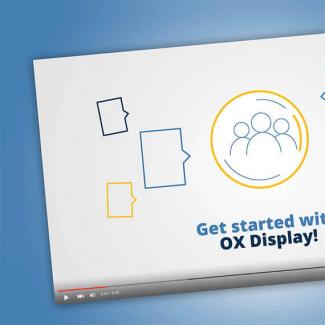Looking for an Explainer Video Production?
Moving Pictures are worth a thousand words
VUCX illustrates your product and service benefits, complex content, processes or your business idea in an entertaining and attractive way.
You too can use Explainer Videos for your business success.
The key to a good Explainer Video is to convey the core ideas of a project in a short, captivating way without losing sight of quality metrics such as corporate design.

Explainer Video Production process
As a Full-Service Digital Agency with many years of experience in the production of Advertising Videos and explanatory films, we will be happy to advise you and take care of the complete implementation. These are the usual steps for a successful explainer video creation:
- Development of the concept
- Creation of the style
- Screenplay writing
- Speaker script
- Supervision of the voice recordings
- Realization of the explainer video
- Marketing
Customized and Brand-oriented
The VUCX Explainer Video Team consists of strategists, designers, motion designers and 3D designers and creates high quality customized videos with an individual style that pays off for your brand, product and service.
-
Likeable characters in Flat Design or as 3D Animation
-
Photorealistic Product Visualizations
-
Original footage or archive material
Why Explainer Videos are particularly suitable for your brand:
A few facts:
- Studies show that over 54% of users want to see more video content from a brand or company
- The use of video content has risen sharply among 30 to 49-year-olds
- 83% of the German population aged 14 and over use online videos at least occasionally
- Online video among 30- to 49-year-olds with greater growth than general internet use
- Age groups over 50 still have great potential for development
Sources: Statista, ARD/ZDF online study 2020, Hubspot
Explanatory Films, Simple Show Videos, Animated Videos, as Explanatory Videos are also known, are very much in vogue. They offer orientation, are crisp and clear. Even the most complex topics can be explained in an understandable way in this audio-visual format.
This is mainly due to the fact that images are understood much more quickly and immediately than words.
A picture is worth a thousand words, as the old truism goes. Visual information is perceived much more condensed by the human brain as it is processed simultaneously.
In figures: The average reading speed is approx. 15 bits per second. Humans can consciously process approx. 40-50 bits per second. This corresponds to approx. 220 words per minute. However, approx. 11 million bits are absorbed via the senses. It is assumed that the unconsciously received information is still processed. Recent research results from the field of Neuro-Marketing seem to prove this. There is also a "...close connection between visual processing and emotions."
The reason for this is that human verbal perception works sequentially, while visual information can be read simultaneously by our brain.Sequential and Spatial-Visual Thinking are in fact two fundamentally different ways of organizing thought that significantly influence the way people view the world. While the Sequential Perception is a step-by-step approach that emphasizes a temporal and analytical approach, the Spatial Thinking for the simultaneous processing of information and concepts, thus promoting the use of imagination and the generation of new ideas through the novel combination of existing facts (creative thinking). In short, the Spatial-Visual Thinking functions as a holistic system in which knowledge is spatially interconnected. Sequential Thinking therefore functions analytically, while Spatial-Visual Thinking has a synthesizing effect. Thus, in Spatial-Visual Thinking, the world is perceived through concrete things and elements that are present in the here and now and are put together to form something new, where Sequential Perception defines and analyzes conceptually.
Explanatory Videos make use of these advantages of Visual-Spatial Perception and information processing over Sequential Thinking.
The decisive factor is the overall composition of the picture and the context in which the picture elements are placed in relation to each other.




